🕋 The Birthplace of the Prophet Muhammad (peace be upon him)
In the heart of Makkah, not far from the Grand Mosque (Masjid al-Haram), lies a place believed to be the birthplace of the final Prophet of Islam, Muhammad (peace be upon him), around the year 570 CE. This sacred location holds deep historical and spiritual significance for Muslims around the world.
Today, the site is home to the Makkah Public Library (Maktabat Makkah al-Mukarramah), established by the Saudi authorities. While the original structure no longer remains, the location itself stands as a powerful symbol, marking the beginning of a journey that would change the course of history: the advent of Prophethood and the message of Islam.
Many pilgrims visiting Makkah take a moment to stop here, seeking a deeper connection to the Prophet’s (peace be upon him) life and legacy. Though it is not an official part of the rites of Hajj or Umrah, the site leaves a lasting impression on those who visit, offering a moment of quiet reflection on the origins of the faith they hold dear.
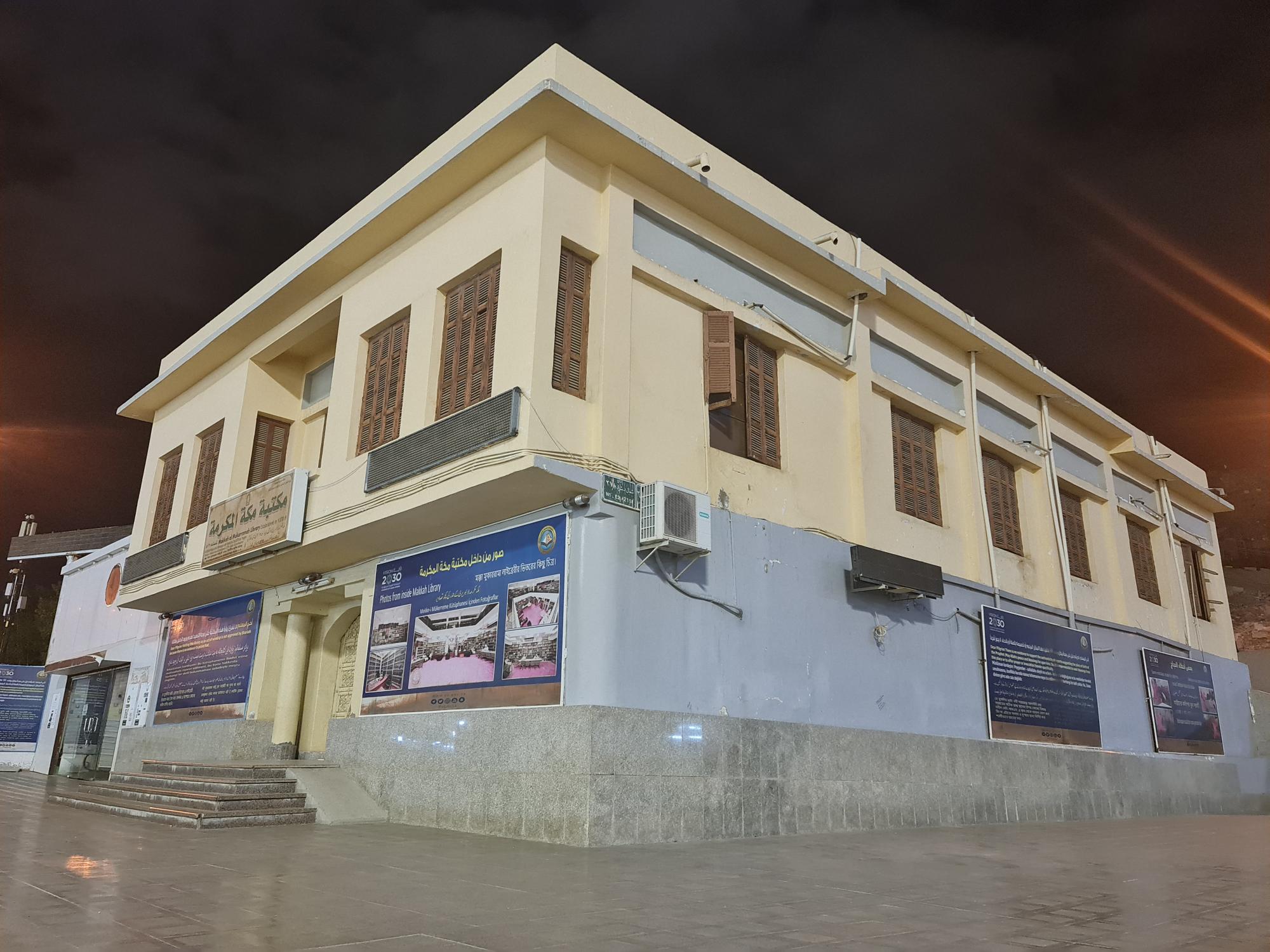
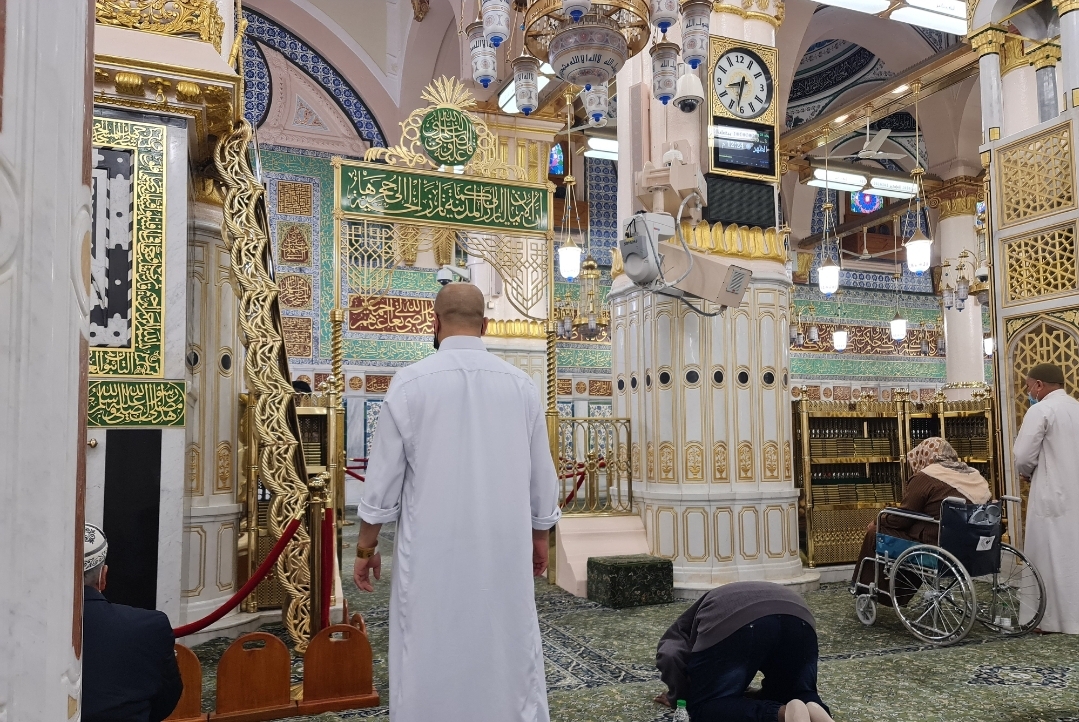
🕯️ Cave of Hira – The Site of the First Revelation
At the summit of Jabal al-Nour (the Mountain of Light), northeast of Makkah, lies one of the most important sites in Islamic history: the historic Cave of Hira (Ghar Hira). It was in this cave that the Prophet Muhammad (peace be upon him) would spend long periods in solitude and reflection, seeking truth and inner peace, far from the idolatry practiced by the people of Makkah at the time.
In the last third of the month of Ramadan, during the 40th year of his life, the Angel Jibril (Gabriel) came to him in this cave and delivered the first words of the Qur’anic revelation: “Read, O Prophet, in the Name of your Lord who created…” (Quran, Surah Al-‘Alaq, 96:1)
This moment marked the beginning of his Prophethood and the revelation of the Quran, making the Cave of Hira a sacred and unforgettable place in the hearts of all Muslims.
Although the climb to the cave is physically demanding (about 600 steps), thousands of believers and visitors come each year to pay tribute to this site and reflect on the meaning of those first revealed words: knowledge, faith, and awareness.
🏞️ Cave of Thawr – A Place of Refuge and Trust in Allah, Subhanahu Wa Ta’ala
The Cave of Thawr (Ghar Thawr) is located on Mount Thawr (Jabal Thawr), to the south of Makkah. This site holds a special place in the hearts of many Muslims, as it was the setting of one of the most touching events in the life of the Prophet Muhammad (peace be upon him): the moment of the Hijrah (migration) from Makkah to Medina.
When the idolaters of Makkah plotted to assassinate the Prophet Muhammad (peace be upon him), he sought refuge in this cave with his closest companion, Abu Bakr As-Siddiq (may Allah be pleased with him). They spent three days there, hiding from the search party that had been dispatched to capture the Prophet (peace be upon him). The enemies searched the surrounding area, unaware of how close they were to the cave.
In this moment of faith and trial, when Abu Bakr (may Allah be pleased with him) feared for their safety, the Prophet Muhammad (peace be upon him) reassured him with the well-known words: “Do not grieve; Allah is with us.” (Quran, At-Tawbah, 9:40)
The Cave of Thawr remains an enduring symbol of tawhid (faith in the One God), reliance on Allah (Subhanahu Wa Ta’ala), and trust in His protection during the most difficult times. Today, many believers visit this site to connect spiritually with the powerful significance of that historic moment.
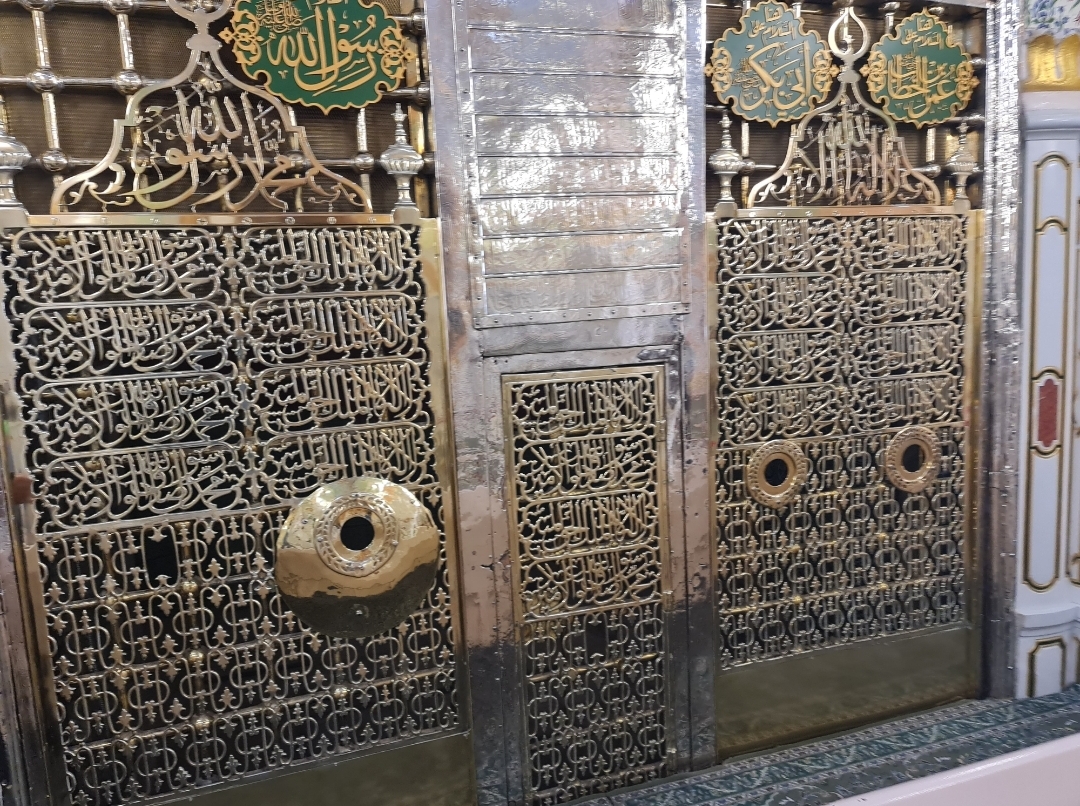
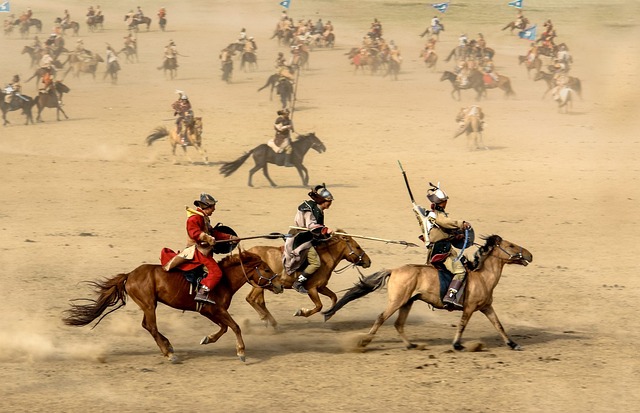
The Cemetery of Ma’la – Jannat al-Mu’alla
Jannat al-Mu’alla is the most well-known and oldest cemetery in Makkah, located north of Masjid al-Haram. This site holds special significance because many close relatives and companions of the Prophet of Allah (Subhanahu Wa Ta’ala) are buried here, including:
- Khadijah bint Khuwaylid (may Allah be pleased with her) – the first and devoted wife of the Prophet Muhammad (peace be upon him).
- Abu Talib (may Allah be pleased with him) – his uncle and major protector.
- Abdullah ibn Abdul-Muttalib (may Allah be pleased with him) – the father of the Prophet Muhammad (peace be upon him).
As well as many other notable figures from early Islamic history.
Jannat al-Mu’alla stands as a testament to the beginnings of Islam and the sacrifices of the first believers. Although the original gravestones and markers have not been preserved due to religious guidelines in Saudi Arabia, the location remains spiritually and historically invaluable.
Visiting this cemetery is not a required part of Hajj or Umrah, but many believers choose to come here to make du’a (prayer) for the deceased and reflect on the origins of Islam. The peace and stillness of this place leave a profound impression on every sincere visitor.
The Makkah Clock Tower – A Fusion of Faith and Modern Architecture
The Makkah Clock Tower, also known as Abraj Al-Bait, is one of the tallest and most striking buildings in the world. Located right next to Masjid al-Haram, it serves as both a visual and functional landmark for millions of pilgrims.
The tower features:
- A massive clock that is visible from many miles away.
- The Clock Tower Museum, located on the upper floors, with exhibitions on Islamic astronomy, timekeeping, the Qibla direction, and the history of Makkah.
- Hotel accommodation, prayer areas, restaurants, and shopping centers.
Abraj Al-Bait is not just an architectural marvel – it is a practical hub for pilgrims, providing lodging, food, and services right next to the Grand Mosque. The Clock Tower has become a modern symbol of Makkah, representing the intersection of religious significance and contemporary technology.
A visit to the museum offers a unique experience, including breathtaking views of the Kaaba. For many, this tower is their first visual encounter with Makkah, and it leaves an impression that lasts a lifetime.
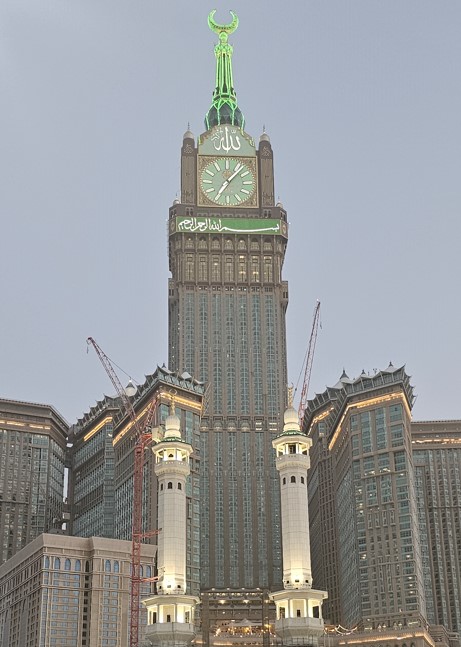
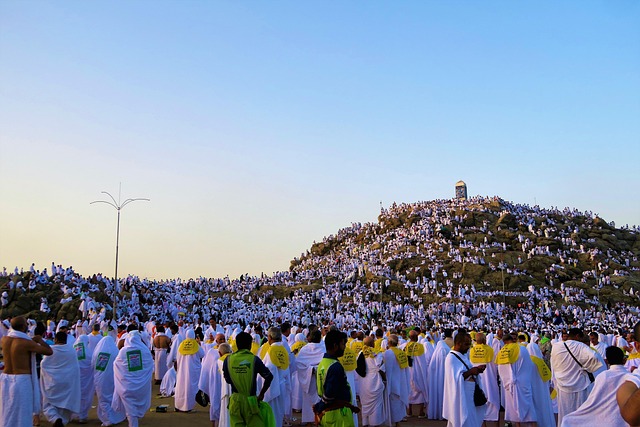
Mount Arafat (Jabal al-Rahmah) – The Day of Mercy and Forgiveness
Mount Arafat, also known as Jabal al-Rahmah (The Mount of Mercy), is located about 20 kilometers southeast of Makkah and is one of the most important sites during the Hajj pilgrimage.
On this sacred site, on the 9th day of Dhul-Hijjah, pilgrims from around the world gather to perform the standing at Arafat (Wuquf)—the most essential pillar of Hajj. Without standing at Arafat, Hajj is not considered valid.
Mount Arafat is also known as the place where the Prophet Muhammad (peace be upon him) delivered his Farewell Sermon (Khutbat al-Wada’), in which he summarized the core values of Islam, human rights, and brotherhood among Muslims. “No Arab has superiority over a non-Arab, and no non-Arab over an Arab, except by piety and righteousness.”
For Muslims worldwide, Arafat is a symbol of mercy, repentance, and supplication. Even those not on Hajj observe this day through fasting, worship, and prayer, as it is believed that supplications made on Arafat are especially accepted.
The mount is marked by a white pillar at its peak. While climbing the hill is not a religious requirement, many pilgrims choose to ascend it as a personal gesture of prayer and remembrance of Allah’s mercy.
Muzdalifah – A Night of Patience and Preparation
Muzdalifah is an open area located between Arafat and Mina. After spending the day at Arafat, pilgrims descend to Muzdalifah on the 9th of Dhul-Hijjah, just after sunset, to spend the night in worship, remembrance of Allah (Subhanahu Wa Ta’ala), dhikr, and preparation for the upcoming rites of Hajj.
The main activities at Muzdalifah include: Mabit (Overnight Stay): Pilgrims sleep under the open sky, pray Maghrib and Isha together (shortened), followed by Witr, and devote themselves to dhikr and rest, preparing for the next day full of rituals and religious duties.
Collecting pebbles (Hasayat): Small stones are gathered here to be used the following day for the symbolic stoning of the devil (Ramy al-Jamarat) in Mina.
Muzdalifah is also home to the notable mosque Al-Mash’ar al-Haram, built on the spot where the Prophet Muhammad (peace be upon him) prayed Maghrib, Isha, and Witr, engaged in dhikr, and made supplication after coming from Arafat.
Allah says in the Qur’an: “And when you depart from ‘Arafat, remember Allah at al-Mash’ar al-Haram…” (Surah Al-Baqarah, 2:198)
Staying at Muzdalifah is an act of humility, patience, and devotion, reminding believers of unity and equality in worship, regardless of status or background.
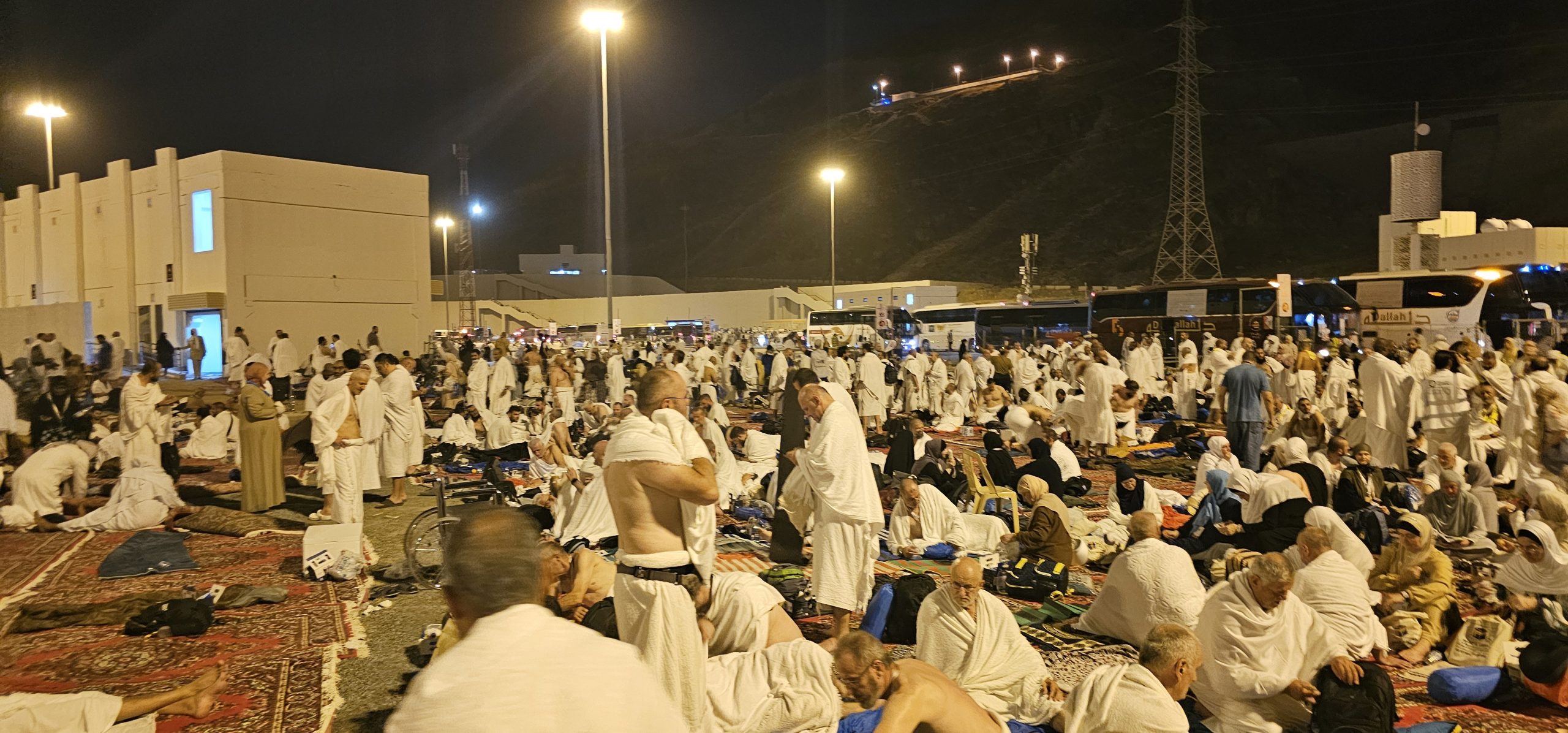
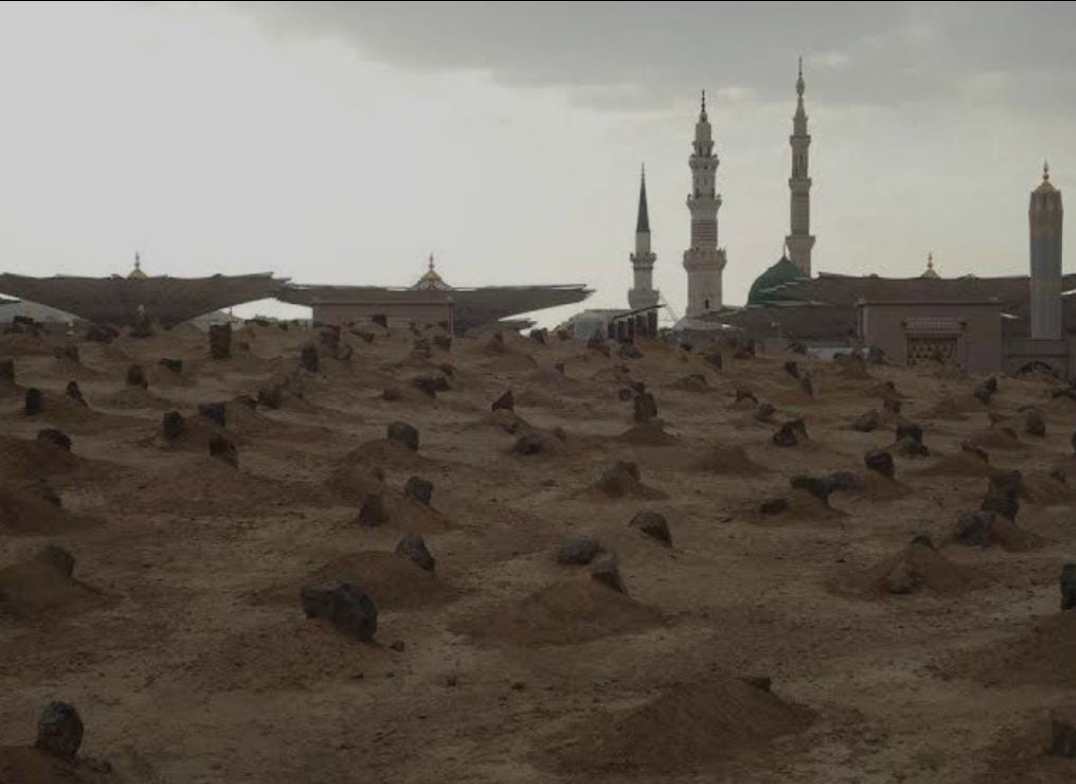
Masjid Al-Mash’ar al-Haram – Supplication Between Arafat and Mina
Masjid Al-Mash’ar al-Haram is an important mosque located in Muzdalifah, between the hills of Arafat and Mina, two key sites during Hajj. This place holds special significance because it was here, after the stay at Arafat, that the Prophet Muhammad (peace be upon him) paused to engage in dhikr (remembrance), supplication (du’a), and the remembrance of Allah, Subhanahu Wa Ta’ala.
The Quran directly mentions this place in Surah Al-Baqarah: “And praise Allah at the sacred place (Muzdalifah)…” (Al-Baqarah, 2:198)
During Hajj, thousands of believers gather here, especially during the night at Muzdalifah, to continue worship with deep humility. While prayers and dhikr can be performed anywhere in Muzdalifah, this mosque symbolically represents the heart of the area.
Masjid Al-Mash’ar al-Haram reminds pilgrims that even moments of rest are opportunities for worship. Its location and spiritual significance make it a meaningful place, especially for those seeking a deeper connection with the practices of the Prophet Muhammad, peace be upon him.
Mina – The Valley of Symbolic Struggle and Devotion
Mina is a valley located between Makkah and Arafat and represents one of the key sites during the rites of Hajj. During Hajj, pilgrims stay in Mina for several days, performing important religious duties and remembering the devotion of Prophet Ibrahim (peace be upon him) and his son Ismail (peace be upon him).
The most well-known ritual performed in Mina is Ramy al-Jamarat, the symbolic stoning of the three pillars (Jamarat) that represent Satan. This act serves as a reminder of Prophet Ibrahim’s (peace be upon him) rejection of Satan’s temptations.
Other rituals performed in Mina include:
- Sacrifice (qurbani) – as a sign of gratitude and devotion to Allah, Subhanahu Wa Ta’ala.
- Overnight stay (Mabit) – pilgrims remain overnight in Mina during the days of Tashreeq (the 11th, 12th, and optionally the 13th of Dhu al-Hijjah).
During Hajj, Mina becomes a vast tent city that can accommodate over 2 million people. The modern system of white, air-conditioned tents provides pilgrims with a safer and more organized stay.
Mina remains a symbol of patience, worship, and the struggle against Satan, and every step taken there reminds believers of submission and sacrifice in the name of Allah, Subhanahu Wa Ta’ala.
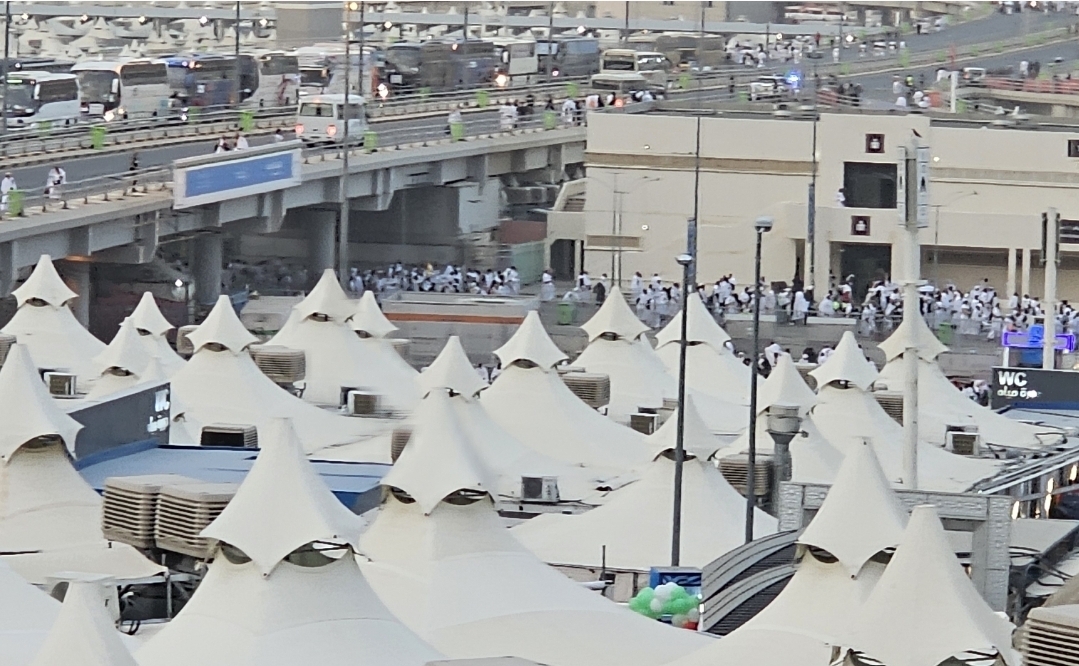

Day of Ashura – A Day of Fasting, Mercy, and Remembrance
The Day of Ashura, the 10th day of the month of Muharram, holds a special place in the Islamic calendar. According to traditions, on this day, Allah’s (Subhanahu Wa Ta’ala) servant Moses (Musa, peace be upon him) was saved along with his people from Pharaoh, and the Prophet Muhammad (peace be upon him) fasted on this day as a sign of gratitude to Allah, Subhanahu Wa Ta’ala.
After arriving in Medina, the Prophet (peace be upon him), said: “I am closer to Musa than you are.” He also recommended fasting on Ashura along with the day before or after (the 9th or 11th of Muharram) to distinguish it from the Jewish tradition.
Ashura is also known as a day when many believers devote themselves to worship, supplication, and repentance, hoping for Allah’s (Subhanahu Wa Ta’ala) mercy. According to a hadith, fasting on this day wipes away the sins of the past year.
Additionally, Ashura is associated with the remembrance of the tragedy at Karbala, where the grandson of the Prophet (peace be upon him), Husayn (may Allah be pleased with him), was martyred. For Muslims in general, Ashura is a day of spiritual reflection, learning from the past, and drawing closer to Allah through fasting and prayers.
